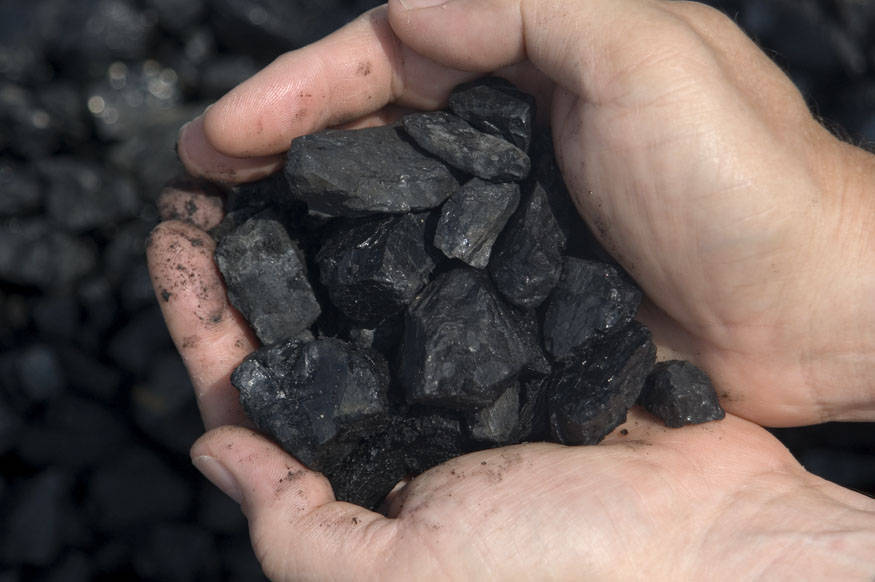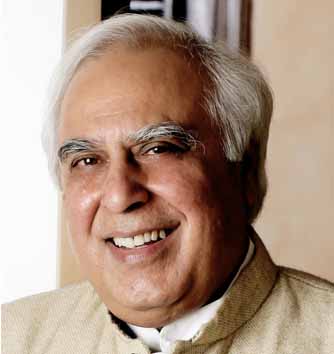More than a week back, the Supreme Court declared 218 coal blocks allocations made to private sector and public sector companies since 1993 as illegal. These blocks were allocated by the government over the years through the screening committee route.
The Court found the process of allocation of these blocks to be suffering “from the vice of arbitrariness”. Hence, it went ahead and deemed them to be illegal. On September 9, 2014, it reserved its final decision on the matter.
The attorney general Mukul Rohatgi told the Court that the “illegal allocations must go”. Nevertheless, he also requested that the Court could consider saving 40 coal mines which were already producing coal and six blocks which were on the verge of starting production. “Only a pocket of some 46 units can be saved,” Rohatgi told the Court.
The mines already in operation are expected to produce 53 million tonnes in 2014-2015, or around 9% of the country’s total coal production of around 590 million tonnes. The blocks allocated by the government through the screening committee route are for captive use. Hence, the company owning a mine is allowed to use the coal that it produces for the production of power or steel or cement. Any extra production that is not used needs to be handed over to the local subsidiary of Coal India Ltd.
A report in the Business Standard points out that the coal being produced in the 40 mines already in operation was being used to produce “26,000 Mw of power output and 12 million tonnes of steel.” Hence, it is in the interest of the nation that these mines need to continue production, even after the licenses issued to them are cancelled.
It will not be easy to replace this production by importing coal. Our ports will have a tough time handling this additional quantity of coal that will have to be imported. Over and above that, the Indian Railways is not exactly geared to be able to transport this coal from the ports to different parts of the country where it is required. The added infrastructure that will be required to handle the additional imports cannot be created overnight. Further, sourcing more than 50 million tonnes of coal from the international market will not be easy, and will push up the international price of coal.
And that explains to a large extent why Rohatgi told the Court that these mines need to be saved.
The question to ask here is why are some coal blocks been producing coal and others are not? The straightforward answer is that these blocks were allocated earlier than others and as a result commenced mining coal faster. As Senior counsel Dushyant Dave, appearing for one of the private parties, told the court that if the Court were to distinguish between 46 mines already producing coal or on the verge of producing it and other mines, it “distorts the level playing field”.
The Court will have to keep this factor in mind while making the final decision. If the Court decides to cancel all the coal-blocks then the government needs to ensure that the production in the mines already under operation does not stop. In order to do this Rohatgi suggested to the Court that if all the blocks are cancelled then Coal India should be allowed to operate the mines already under operation. Or the companies which own the block currently should be allowed to operate till the government auctions the mine.
Allowing Coal India to operate seems like a good idea on paper. Nevertheless, a few issues need to be figured out first to help Coal India seamlessly takeover these mines, once their licenses are cancelled. Coal India is a for profit enterprise and hence, it needs to be figured out who will bear the cost of operation during the period Coal India runs these mines. Further, will it be allowed to keep the profits it makes during the period it operates the mines? What if it makes losses on these mines?
As mentioned earlier these mines are captive mines which supply to other units primarily producing coal and power. Hence, during the period Coal India takes over these mines it will have to make arrangements for transporting coal from the mine to the unit where it will be used. These arrangements need to be figured out.
Further, Coal India will have to transfer its own employees to run these mines. Again, a lot of manpower in coal-mines is statutory and cannot be just transferred overnight, until a replacement is found.
Coal India’s production target for 2014-2015 stands at 507 million tonnes. As mentioned earlier, the 40 captive mines already under operation are likely to produce 53 million tonnes in this financial year. This amounts to around 10.5% of Coal India’s production. Hence, the number of employees that Coal India would have to depute to these mines would be a significant number. Given this, if the government is serious about this option, it should start with the groundwork on this front without waiting for the final decision from the Supreme Court. This can help save time and ensure that the production of coal continues.
Over and above this, companies which have been operating the mines have already invested a significant amount of money into these mines. If these mines are taken away from them, it is bound to put financial pressure on them and in turn, on banks which have loaned money to these companies. Nevertheless, if justice is to be delivered, this is something that cannot be avoided.
To conclude, the government needs to start working on a plan on how it will keep the production of coal going, if the Supreme Court decides to cancel all blocks that were allocated through the screening committee route.
The article originally appeared at www.firstbiz.com on September 11, 2014
(Vivek Kaul is the author of the Easy Money trilogy. He tweets @kaul_vivek)



